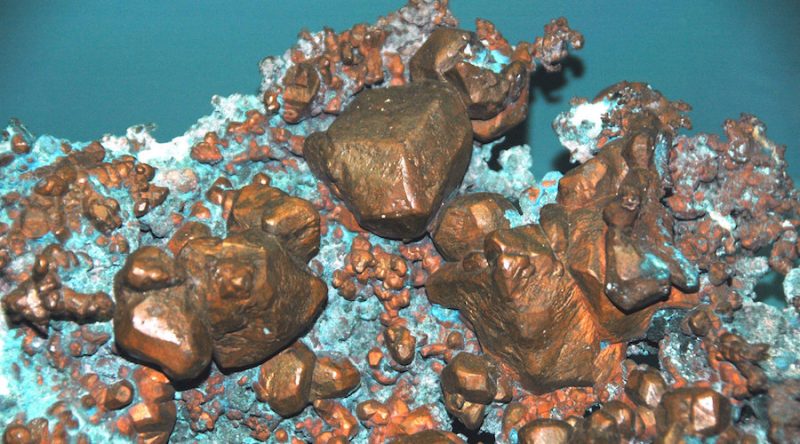
Copper Concentrate Benchmark Faces Unprecedented Uncertainty
The global copper concentrate market is bracing for a historic shift during LME Week 2025 in London. The annual copper concentrate benchmark may turn negative for the first time, highlighting deep market tightness and falling TC/RCs. Supply disruptions and regional divergence are weakening the unified pricing model that previously governed the market.
Negotiations for the 2026 benchmark have started early. Some traders expect a settlement close to $0 per tonne—or even lower. Meanwhile, spot TC/RCs already sit in the negative $40s, making the traditional benchmark less credible. This widening gap puts smelters at risk, especially those outside China with limited government support or vertical integration.
Supply tightness is worsening due to major disruptions at Grasberg, El Teniente, and Las Bambas. As a result, buyers now face heightened competition for available concentrate. Many players are moving toward index-linked and short-term contracts. At the same time, large trading houses like Mercuria and Gunvor are bidding aggressively, intensifying pressure in an already crowded market.
Regional Fragmentation and Smelter Survival Shape Copper Market Outlook
Regional fragmentation is reshaping how copper concentrate prices are set. Antofagasta settled mid-year terms at $0 per tonne with smelters in China and South Korea. However, Japan and Europe chose different paths, signaling a breakdown in global benchmark unity. This growing divergence suggests that the copper concentrate benchmark could soon become symbolic rather than practical.
At the same time, smelters face mounting financial stress. Mitsubishi Materials and JX Nippon have already reduced output to manage losses. Meanwhile, Glencore’s Mount Isa smelter secured $393 million in funding to stay open through 2028. Chinese smelters, integrated into broader value chains, are more likely to survive due to state support.
Despite current volatility, many expect the benchmark system to remain—at least in name. Still, flexible pricing models and region-specific contracts are gaining traction. This shift could redefine how copper concentrates are traded over the next one to two years.
SuperMetalPrice Commentary:
The copper concentrate benchmark is at a crossroads. A potential negative settlement will not just disrupt pricing models—it could permanently alter how the global copper supply chain functions. Smelters without government backing or strategic integration face existential threats, especially as benchmark-linked deals shrink. Meanwhile, miners may increasingly favor opportunistic, spot-based sales. The shift toward index-linked pricing appears inevitable, but not without short-term chaos. For both producers and processors, 2026 may be a year of recalibration—or reckoning.


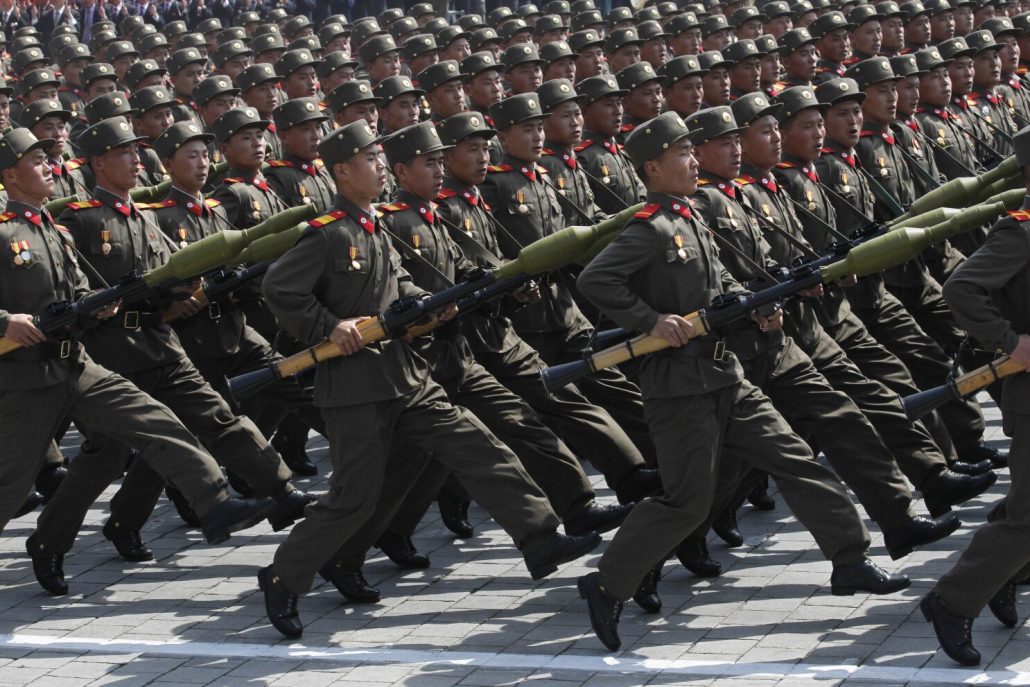

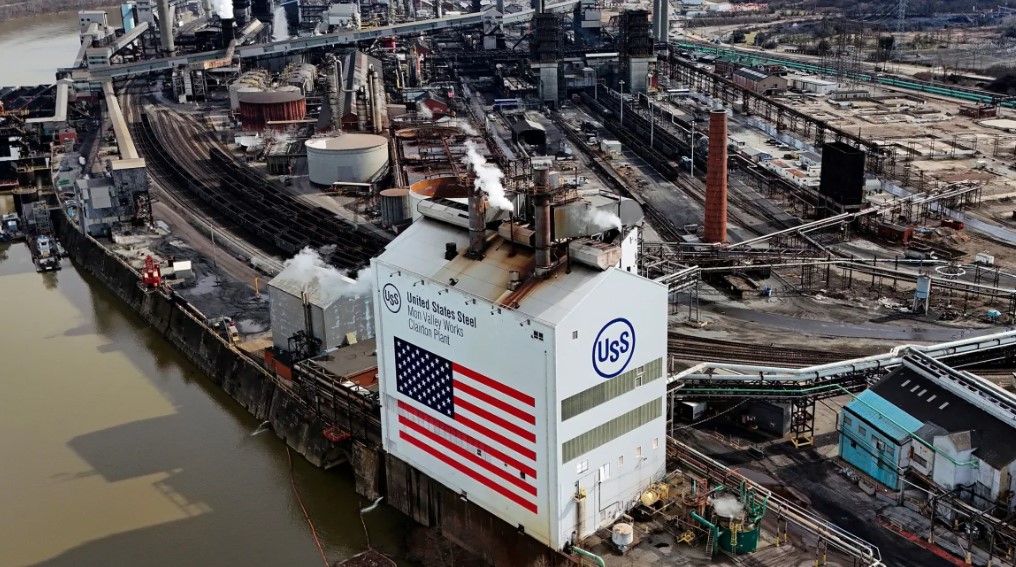


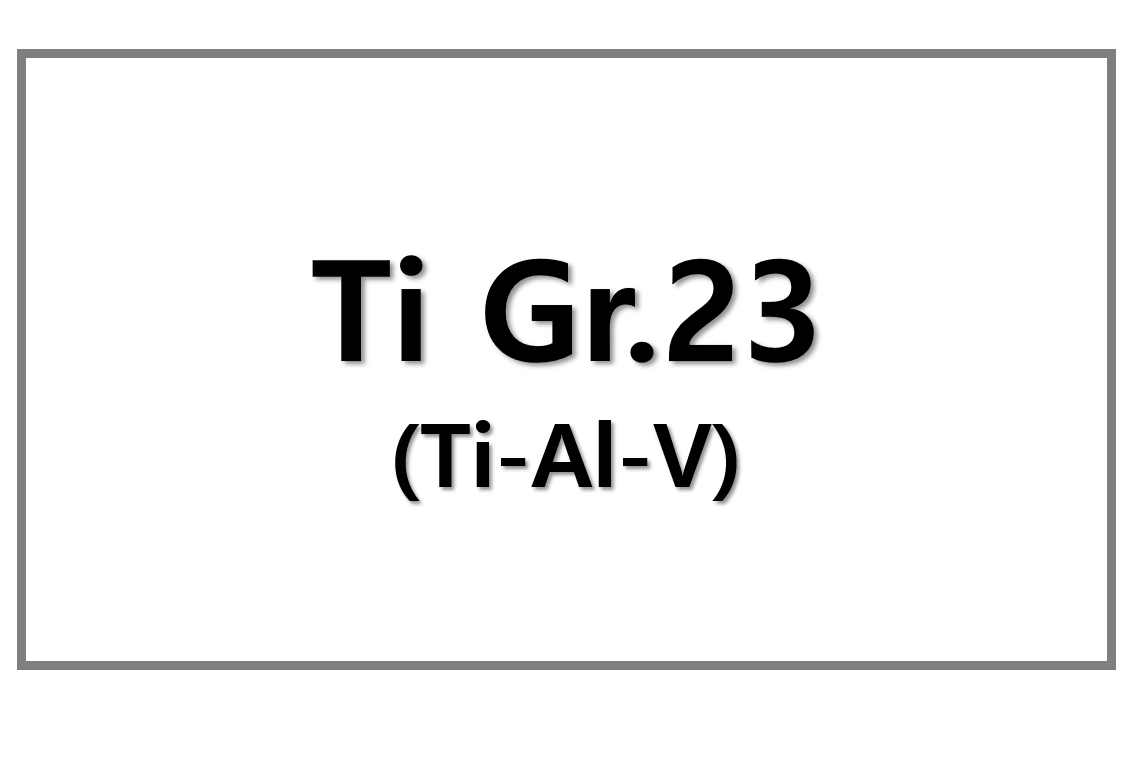
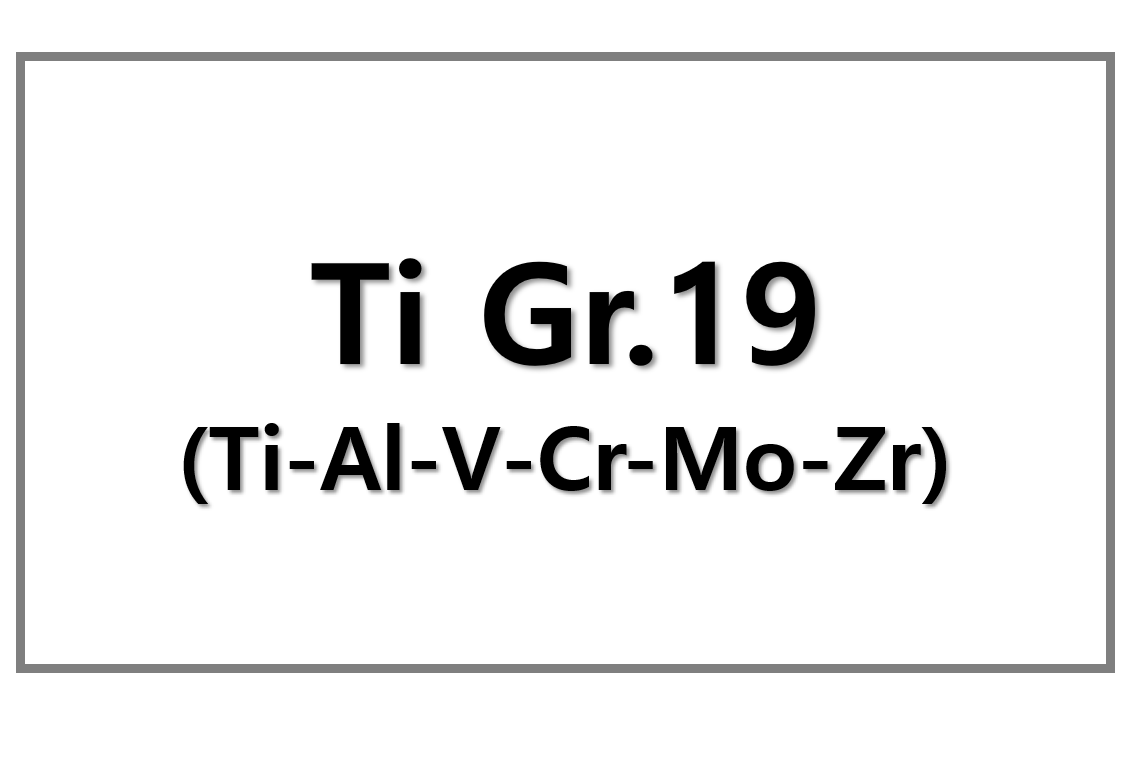
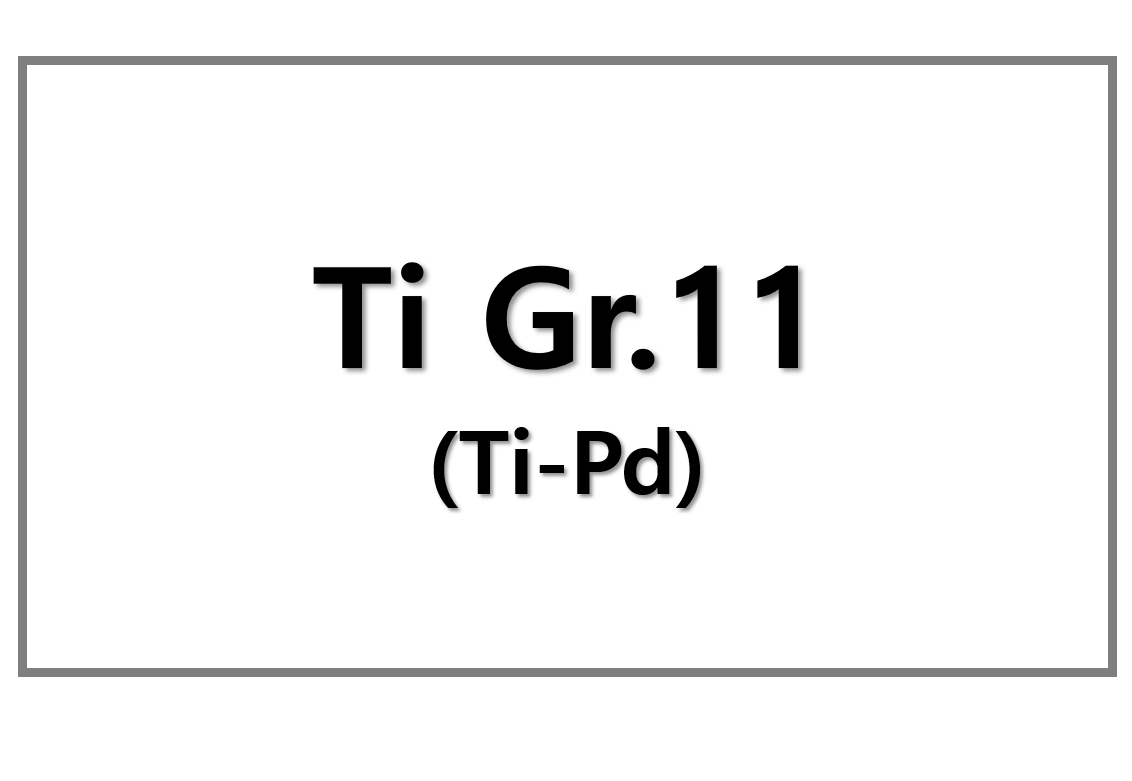
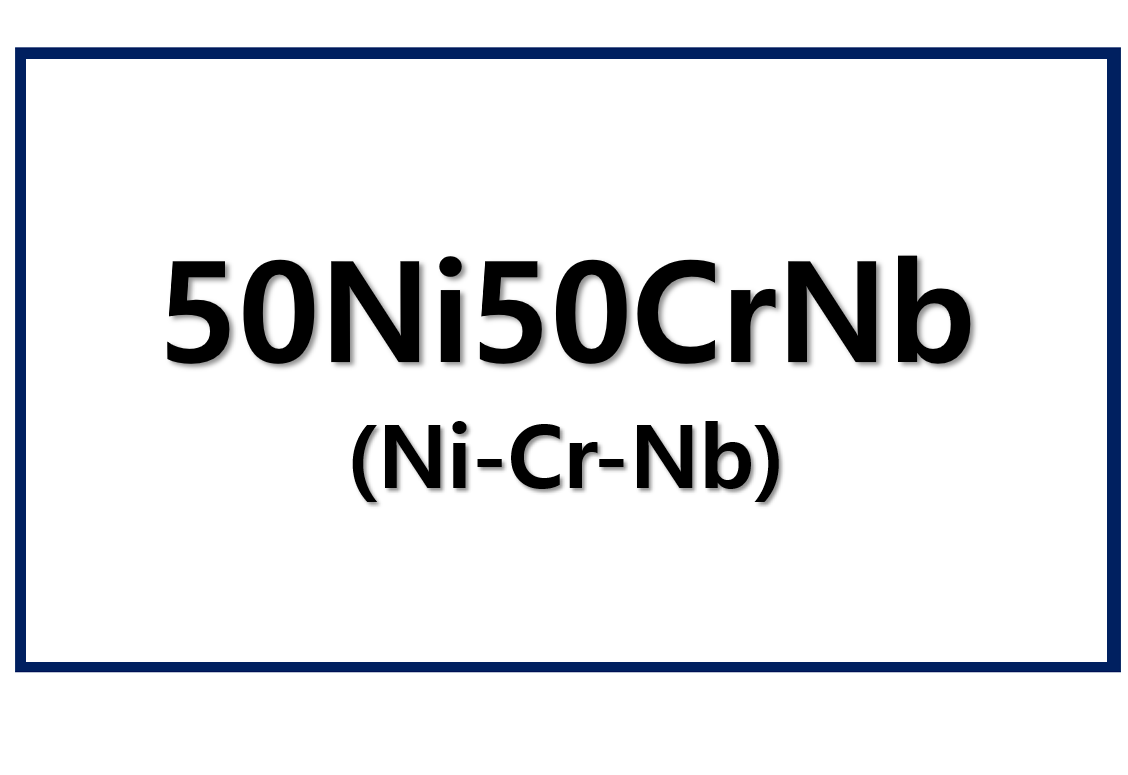
Leave a Reply
You must be logged in to post a comment.